TimberTower – the first wooden tower of a megawatt wind turbine, Vensys 1.5 megawatts on 100 m hub height.
Since December 20, 2012 for the first time a megawatt wind turbine generates electricity on top of a wooden tower. The Hanoverian developers team TimberTower took the 100 meter high prototype tower with the nacelle of a Vensys 1.5 megawatt (MW) wind turbine on top in operation, after four years of development and protracted approval time. In the future TimberTower will help to reduce the price of wind power plants with far larger towers – and open up places for small wind farms, which weren’t lucrative so far.
2.5 million EUR of venture capital and 600,000 EUR of financial support of the county compared to total costs of 5 million EUR for research and development, weight: 200 tons, 400 cubic meters of spruce wood, prefabricated in Austria to special components, though from Scandinavian trees. These are the bare data of the wind turbine tower on an university-owned ground in the north-west of Hanover.
Wood prices held steady
The tower is made of board plywood, fabricated to flat wooden wall components of 3000 mm width und 15000 mm length. They consist of planks glued in several successive layers, right-angled to each other. The effect, as with any plywood: The 300 mm thick tower walls can not deform under humidity or dryness and will be particularly stable.
TimberTower has several selling points:
The price of wood is holding steady for years – different from the usually used material for wind turbine towers: steel. Mid-term the TimberTower company wants to reduce the costs of the production of wind-based energy with more favorable tower-prices. However, “in teh first instance the first types will cost as much as the comparable towers of Max Bögl or others” told TimberTower boss Prass. The wooden towers are cheaper mainly because the project developers don’t have to put aside any money for the dismantling, that’s the hope at TimberTower. Because the wooden parts can be sold even after 20 years of operation of a wind turbine, whereas steel will cost six-figure sums for its disposal. This explains investor Edwin Kohl, who took over the company, which now has a dozen employees, to 80 percent one year ago.
Simple logistics
The most important marketing strategy of the men from Hanover, however, is expected to be the fact, that the logistics of the timber components is rather simple: Being delivered in simple containers, assembled with a simple connection system, the towers can be built up at very narrow places, where large tower legs couldn’t be brought to the construction site without removing smaller buildings or trees, says Prass. However, meanwhile other tower building techniques circumvent the problem of a large radius for the tower foot for wind turbines with a hub height of 140 m or more, too. The construction time of a TimberTower should be about four weeks, which is comparable with other modern large towers.
Later this year TimberTower wants to get a grip on a prototype with a hub height of 140 m. It is supposed to carry a strong 3 MW turbine. South Tyrolean company Leitwind is intended to be the supplier of the turbine, a company that produces gearless wind turbines. Probably in 2014 could wait a prototype with 165 m hub height. Generally speaking the maximum achievable hub height should be approx. 200 m, explains Cordes Holzbau, who assembled the construction of the first prototype in Hanover.
